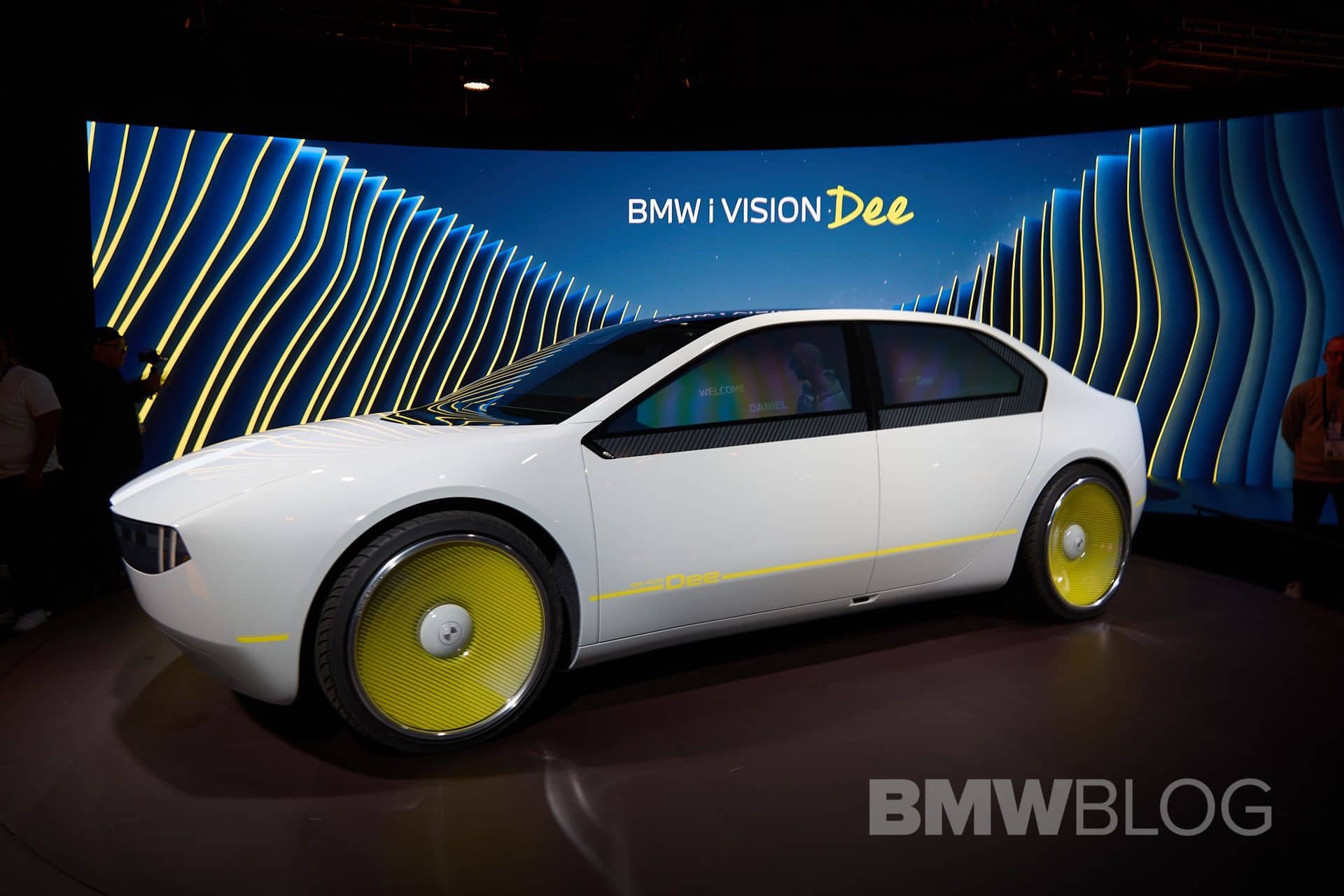When we spoke with BMW’s Chief Technical Officer Frank Weber at CES last week, he told us Neue Klasse models won’t share any components with existing models. The company’s CTO also emphasized the importance of this completely new architecture. Without specifying development costs, he referred to NK as being the “most expensive project in BMW history” and that “everything is new.”
Although Frank Weber didn’t go into details about the expenditures related to the Neue Klasse, we do know BMW will be investing more than €2 billion at the manufacturing facility in Debrecen. The Hungarian plant plans to kick off the assembly of NK-based cars and associated batteries by the end of 2025.
Another $1 billion will be spent in South Carolina to make at least six electric SUVs at the Spartanburg factory by 2030. To support their launch, a further $700 million will be spent to build a new high-voltage battery assembly facility in nearby Woodruff, SC. BMW also intends to produce NK-based cars in Munich from 2026.

Previewed by the minimalist i Vision Dee concept pictured here, the Neue Klasse will be inaugurated with a sedan and an SUV in the 3 Series segment. Consequently, we’re expecting a globally available i3 Sedan (the current model is built and sold only in China) along with the next-generation iX3. These models will transition to BMW’s sixth-gen eDrive technology with round battery cells providing an increase of 30% in range and charging speed.
Interestingly, BMW’s CTO says the iDrive controller “is no longer useful” as the Bavarian brand intends to give NE vehicles a head-up display stretching the entire width of the windshield. As previewed on the Dee concept, future interiors will have even fewer switches. The BMW Group’s Head of Design, Adrian Van Hooydonk, told us during a roundtable interview at CES that a further reduction of conventional buttons and knobs is planned. BMWs of the future won’t go completely switchless as certain functions will retain conventional controls.




































































